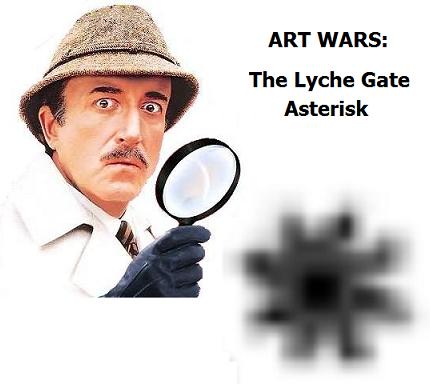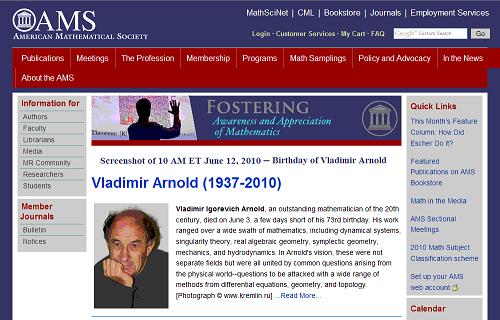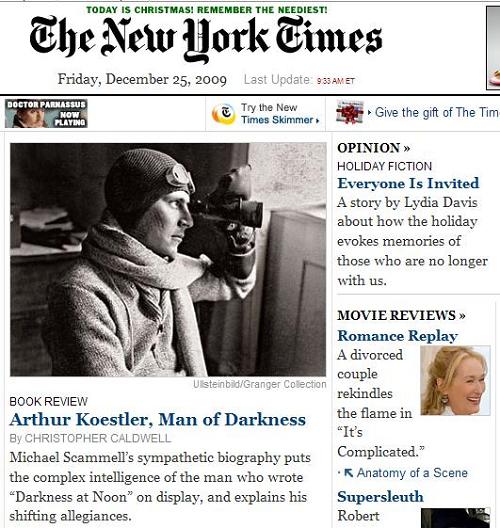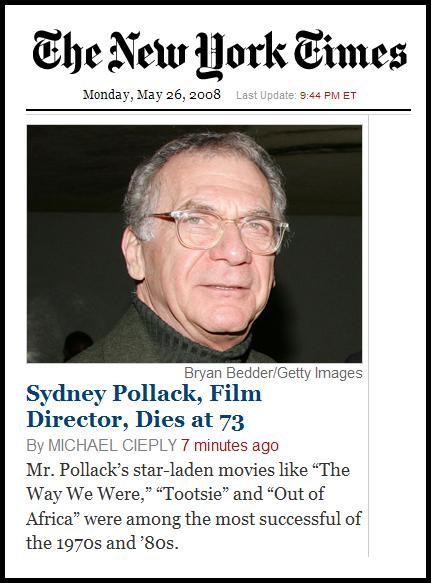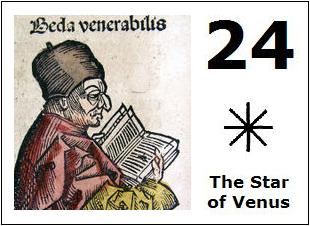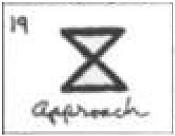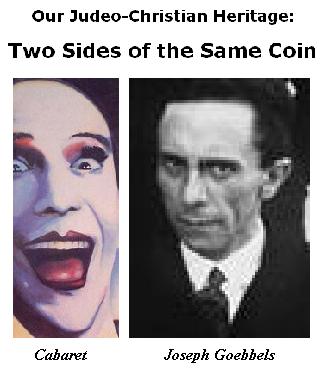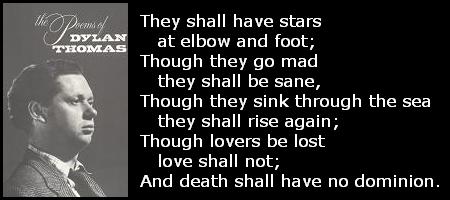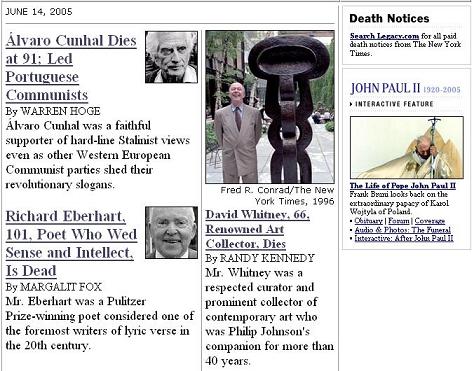Mathematics and Metaphor
The current (June/July) issue of the Notices of the American Mathematical Society has two feature articles. The first, on the vulgarizer Martin Gardner, was dealt with here in a June 19 entry, Darkness Visible. The second is related to a letter of André Weil (pdf) that is in turn related to mathematician Barry Mazur’s attempt to rewrite mathematical history and to vulgarize other people’s research by using metaphors drawn, it would seem, from the Weil letter.
A Mathematical Lie conjectures that Mazur’s revising of history was motivated by a desire to dramatize some arcane mathematics, the Taniyama conjecture, that deals with elliptic curves and modular forms, two areas of mathematics that have been known since the nineteenth century to be closely related.
Mazur led author Simon Singh to believe that these two areas of mathematics were, before Taniyama’s conjecture of 1955, completely unrelated —
“Modular forms and elliptic equations live in completely different regions of the mathematical cosmos, and nobody would ever have believed that there was the remotest link between the two subjects.” — Simon Singh, Fermat’s Enigma, 1998 paperback, p. 182
This is false. See Robert P. Langlands, review of Elliptic Curves, by Anthony W. Knapp, Bulletin of the American Mathematical Society, January 1994.
It now appears that Mazur’s claim was in part motivated by a desire to emulate the great mathematician André Weil’s manner of speaking; Mazur parrots Weil’s “bridge” and “Rosetta stone” metaphors —
From Peter Woit’s weblog, Feb. 10, 2005:
“The focus of Weil’s letter is the analogy between number fields and the field of algebraic functions of a complex variable. He describes his ideas about studying this analogy using a third, intermediate subject, that of function fields over a finite field, which he thinks of as a ‘bridge‘ or ‘Rosetta stone.'”
In “A 1940 Letter of André Weil on Analogy in Mathematics,” (pdf), translated by Martin H. Krieger, Notices of the A.M.S., March 2005, Weil writes that
“The purely algebraic theory of algebraic functions in any arbitrary field of constants is not rich enough so that one might draw useful lessons from it. The ‘classical’ theory (that is, Riemannian) of algebraic functions over the field of constants of the complex numbers is infinitely richer; but on the one hand it is too much so, and in the mass of facts some real analogies become lost; and above all, it is too far from the theory of numbers. One would be totally obstructed if there were not a bridge between the two. And just as God defeats the devil: this bridge exists; it is the theory of the field of algebraic functions over a finite field of constants….
On the other hand, between the function fields and the ‘Riemannian’ fields, the distance is not so large that a patient study would not teach us the art of passing from one to the other, and to profit in the study of the first from knowledge acquired about the second, and of the extremely powerful means offered to us, in the study of the latter, from the integral calculus and the theory of analytic functions. That is not to say that at best all will be easy; but one ends up by learning to see something there, although it is still somewhat confused. Intuition makes much of it; I mean by this the faculty of seeing a connection between things that in appearance are completely different; it does not fail to lead us astray quite often. Be that as it may, my work consists in deciphering a trilingual text {[cf. the Rosetta Stone]}; of each of the three columns I have only disparate fragments; I have some ideas about each of the three languages: but I know as well there are great differences in meaning from one column to another, for which nothing has prepared me in advance. In the several years I have worked at it, I have found little pieces of the dictionary. Sometimes I worked on one column, sometimes under another.”
Here is another statement of the Rosetta-stone metaphor, from Weil’s translator, Martin H. Krieger, in the A.M.S. Notices of November 2004, “Some of What Mathematicians Do” (pdf):
“Weil refers to three columns, in analogy with the Rosetta Stone’s three languages and their arrangement, and the task is to ‘learn to read Riemannian.’ Given an ability to read one column, can you find its translation in the other columns? In the first column are Riemann’s transcendental results and, more generally, work in analysis and geometry. In the second column is algebra, say polynomials with coefficients in the complex numbers or in a finite field. And in the third column is arithmetic or number theory and combinatorial properties.”
For greater clarity, see Armand Borel (pdf) on Weil’s Rosetta stone, where the three columns are referred to as Riemannian (transcendental), Italian (“algebraico-geometric,” over finite fields), and arithmetic (i.e., number-theoretic).
From Fermat’s Enigma, by Simon Singh, Anchor paperback, Sept. 1998, pp. 190-191:
Barry Mazur: “On the one hand you have the elliptic world, and on the other you have the modular world. Both these branches of mathematics had been studied intensively but separately…. Than along comes the Taniyama-Shimura conjecture, which is the grand surmise that there’s a bridge between these two completely different worlds. Mathematicians love to build bridges.”
Simon Singh: “The value of mathematical bridges is enormous. They enable communities of mathematicians who have been living on separate islands to exchange ideas and explore each other’s creations…. The great potential of the Taniyama-Shimura conjecture was that it would connect two islands and allow them to speak to each other for the first time. Barry Mazur thinks of the Taniyama-Shimura conjecture as a translating device similar to the Rosetta stone…. ‘It’s as if you know one language and this Rosetta stone is going to give you an intense understanding of the other language,’ says Mazur. ‘But the Taniyama-Shimura conjecture is a Rosetta stone with a certain magical power.'”
If Mazur, who is scheduled to speak at a conference on Mathematics and Narrative this July, wants more material on stones with magical powers, he might consult The Blue Matrix and The Diamond Archetype.











